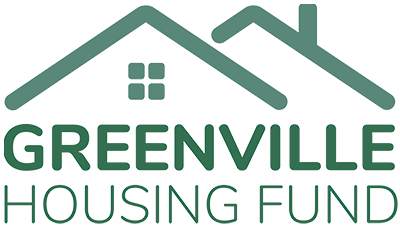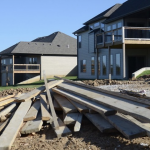Over the past five years our City has undergone an intense and community focused process of planning. From our GVL 2040 plan to now, the adoption of our new City Code, staff and consultants have been engaging residents, businesses, neighborhoods, and various stakeholders along this journey. It’s been a long process but one that’s been intentional, with dozens and dozens of meetings, tabulation of public comments, and numerous workshops to gather input.
This has not been easy, in fact, it’s been pretty dang hard. Everyone has different agendas and wants different outputs. Each individual property has been combed over multiple times to ensure it’s in line with the 2040 plan and addresses those goals to protect neighborhoods, increase affordable housing, protect greenspace, and better transportation. There have been small oppositions and changes and concessions. There have been some compromises and disagreements, yet, despite all that, we have come out with a product that aims for a better Greenville, one we envisioned together as a community four years ago.
This code will allow density in the nodes and corridors which will pave the way for strategic smart growth. In tandem with this, it creates density and height bonuses for affordable housing. It also allows secondary dwelling units which provide more housing supply as well as lower price points for our area. This code also removes multi-family by right zoning from the previous review process, which gave neighborhoods false impressions of their ability to affect the approval of these developments. It also removes the planned development tool that made development ambiguous for both developers and residents. This code also does something innovative, using fees on nonresidential development to meet open space and affordable housing goals. It is creative and effective.
The code also considers affordable development regarding the Tree Fund. The code, in addition to offering affordable housing incentives, allows income averaging which enables affordable housing to reach both lower and higher AMIs. Last, the code offers tiering of incentives to reach deeper affordability levels. For GHF, specifically, this means we’ll be able to provide more affordable housing for a broader range of incomes, both rental and home ownership, than under the previous code. Is it perfect? No, nothing is but you can bet by the process that’s been followed by the City staff and consultants along with the stakeholders and residents that they work with that it’ll be as close as it can be as we revisit it annually upon implementation and make necessary changes.
This code will allow us to have consistency and clarity for all in our community. Development will be easier, clearer, and it will have a great impact on affordability for our city and its residents.





